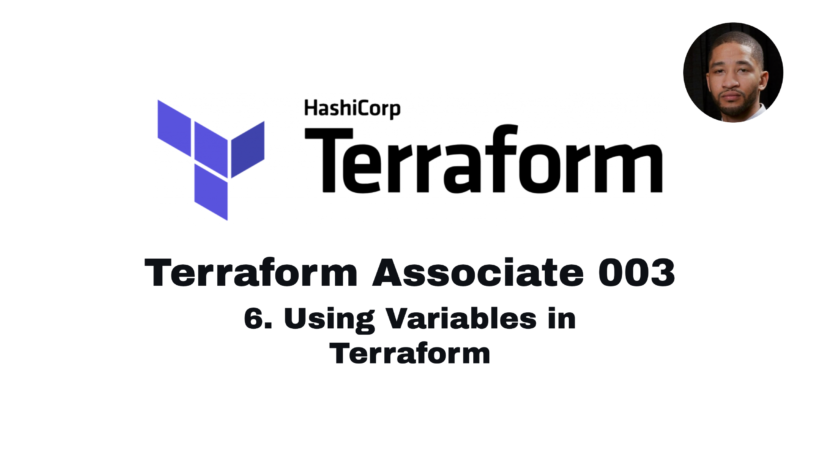Terraform is an infrastructure-as-code (IAC) tool used for provisioning and managing infrastructure on cloud platforms like AWS, GCP, and Azure. It allows users to define their infrastructure in code, which makes it easy to version, manage, and collaborate on. One of the powerful features of Terraform is the use of variables. In this article, we will explore what Terraform variables are, why they should be used, and some of the types of variables with examples.
What are Terraform variables?
Terraform variables are placeholders that can be used to represent values that will be determined at runtime. These variables can be defined in the Terraform configuration files and passed to Terraform either through the command-line or environment variables. Terraform variables can be used to make a configuration more flexible and reusable by allowing users to define values once and use them in multiple places.
Why use Terraform variables?
Using variables in Terraform can bring a lot of benefits to your infrastructure-as-code workflow. Some of the main advantages are:
- Flexibility: Terraform variables allow you to define values once and use them in multiple places. This makes it easy to change the configuration without modifying the code.
- Reusability: By using variables, you can make your Terraform configuration more modular and reusable. You can define variables in separate files and use them across multiple configurations.
- Parameterization: Variables can be used to parameterize your Terraform configuration. This makes it easy to create multiple environments with different values for variables like the number of instances or the size of the server.
Types of Terraform variables
There are several types of Terraform variables, including:
String variables: These variables are used to represent a string of text. They can be used to store information like usernames, passwords, or API keys.
variable "db_password" {
type = string
default = "password123"
}Number variables: These variables are used to represent a numerical value. They can be used to define the number of instances, disk size, or any other numeric value.
variable "instance_count" {
type = number
default = 2
}Boolean variables: These variables are used to represent a true or false value. They can be used to enable or disable certain features or resources.
variable "enable_logging" {
type = bool
default = true
}List variables: These variables are used to represent a list of values. They can be used to define multiple values like a list of IP addresses or a list of security groups.
variable "security_groups" {
type = list
default = ["sg-123456", "sg-789012"]
}Map variables: These variables are used to represent a collection of key-value pairs. They can be used to define complex configurations or group related values together.
variable "instance_config" {
type = map
default = {
instance_type = "t2.micro"
disk_size = "20"
ami = "ami-0c55b159cbfafe1f0"
}
}Conclusion
Terraform variables are a powerful feature that can make your infrastructure-as-code configuration more flexible, reusable, and parameterized. By using variables, you can define values once and use them in multiple places, making it easy to change the configuration without modifying the code. We explored some of the main types of variables and provided examples of each type. By mastering Terraform variables, you can



